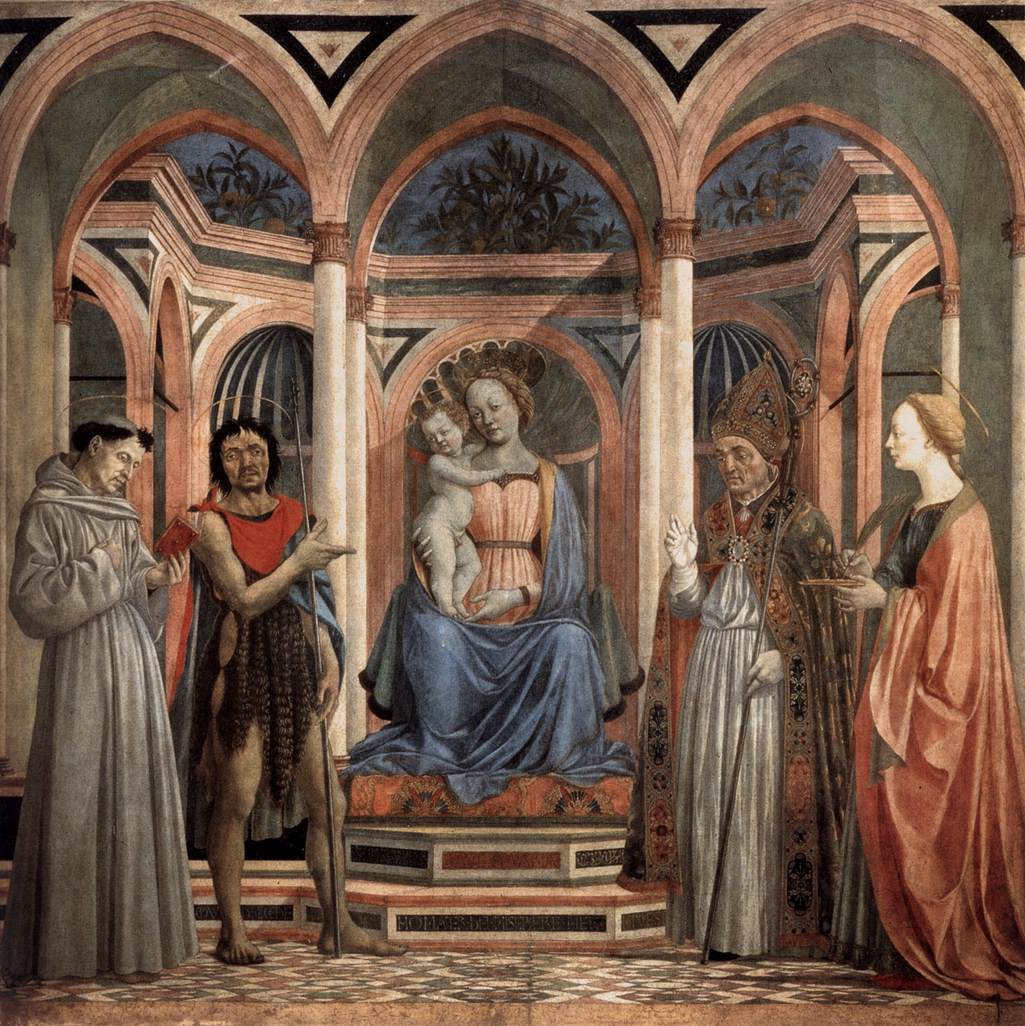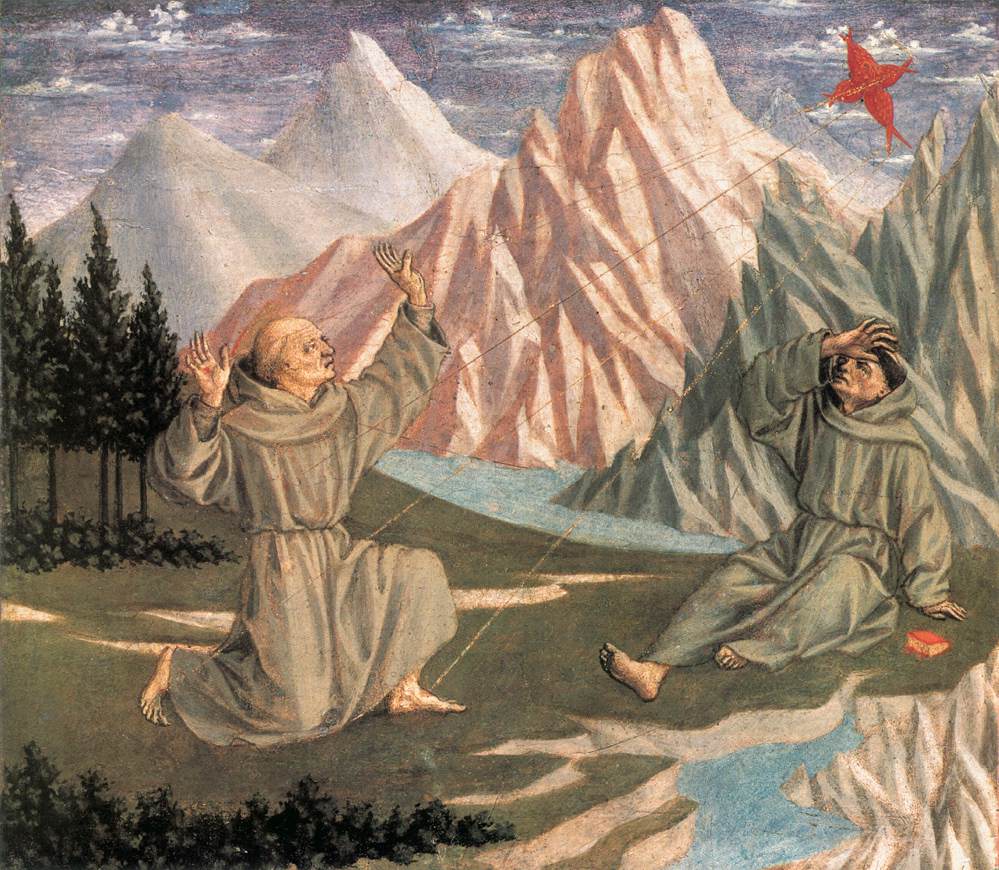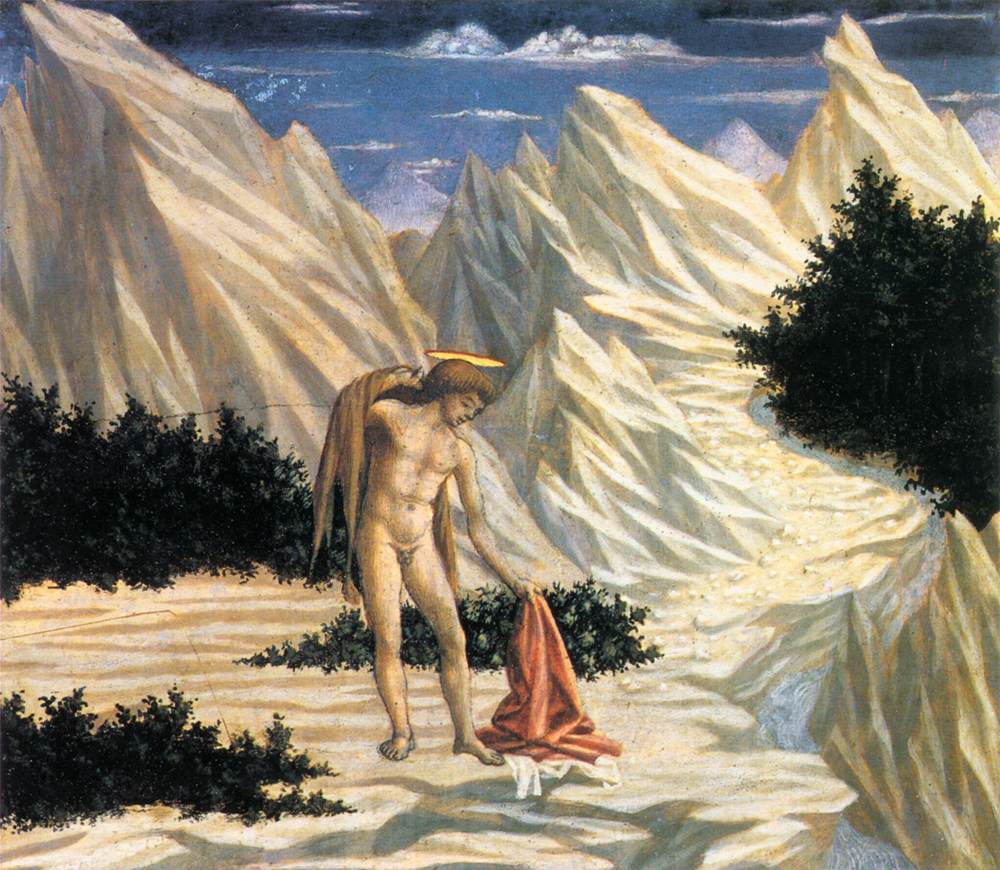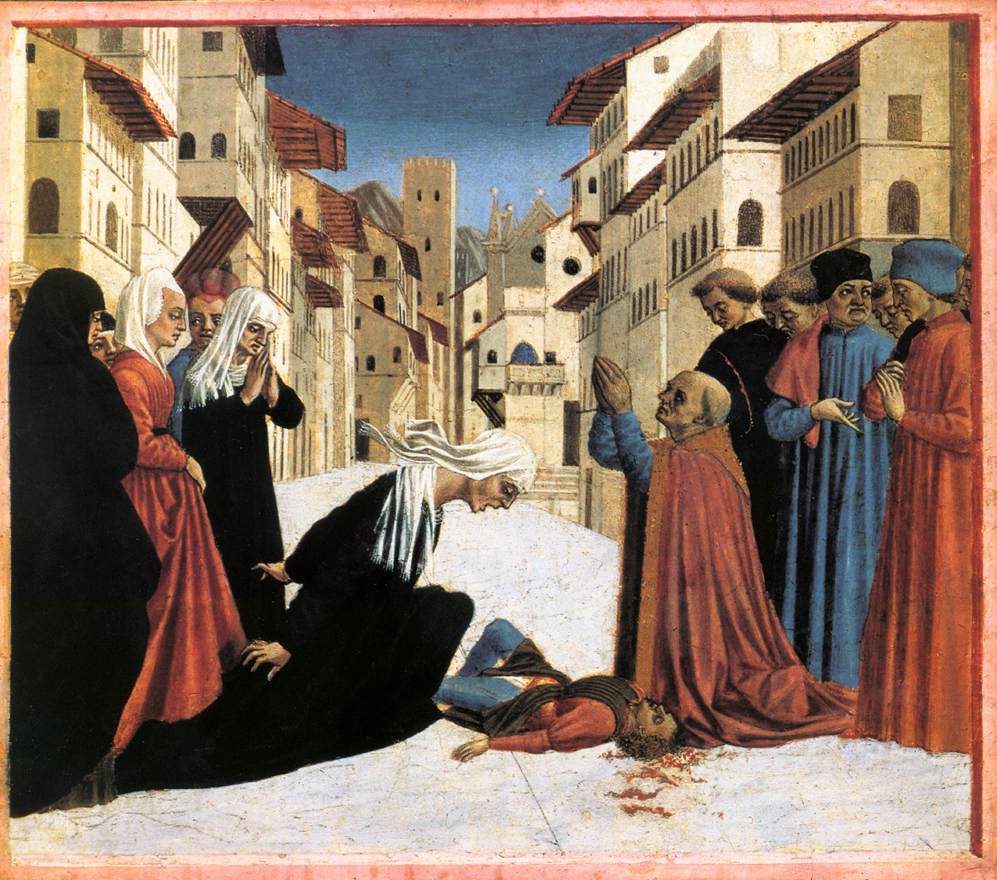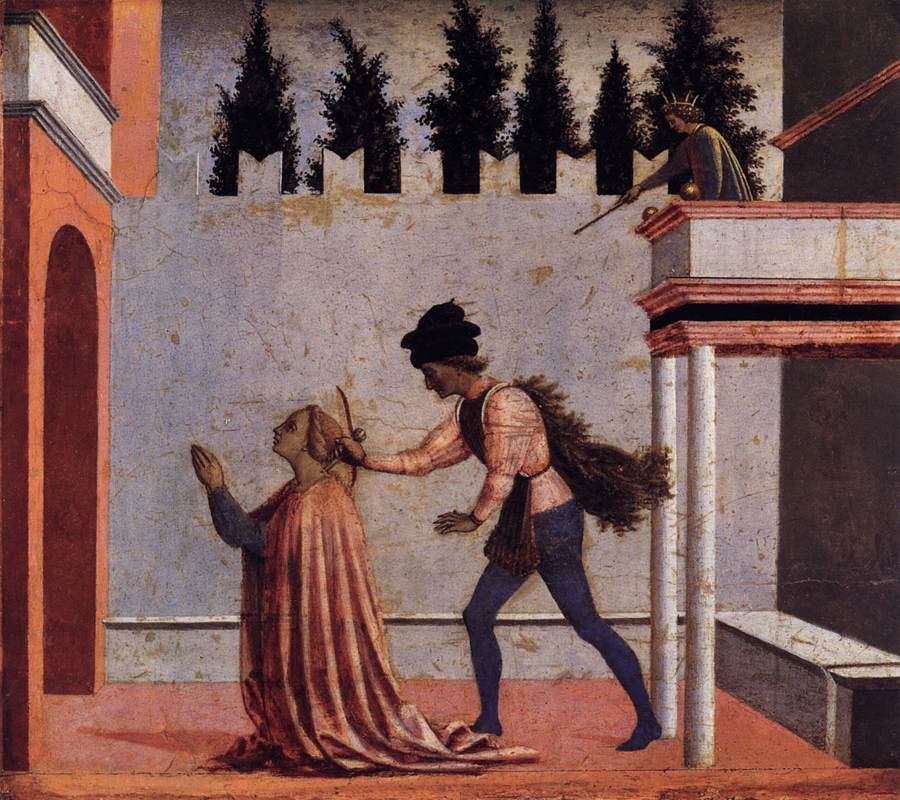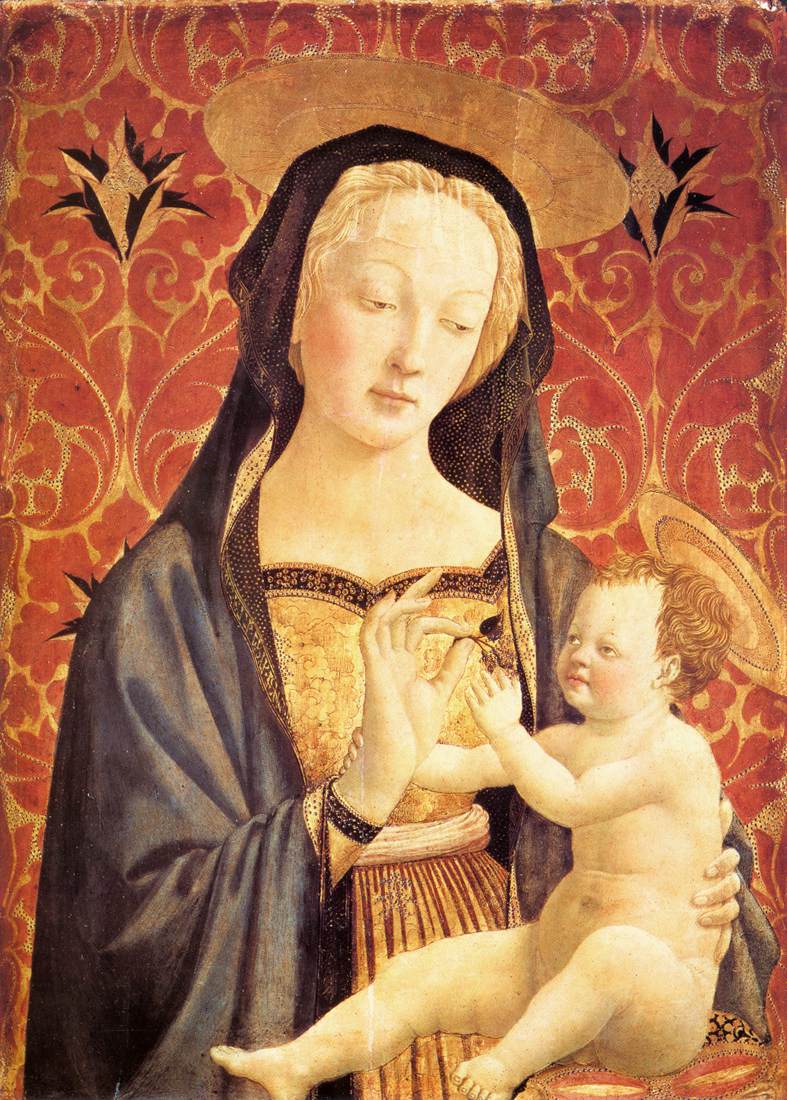Domenico Veneziano, in full Domenico di Bartomeo, died on 15 May 1461. Little is known about his early life and training, though his last name may indicate that he was born in Venice.
The first document concerning Domenico is a letter written by the painter himself on 1 April 1438 from Perugia, where – according to Vasari – he was working for the Baglioni family. In this letter, addressed to Piero de’ Medici, Domenico sought the favor of Cosimo the Elder’s son, mentioning his long connection with the Medici family and the Florentine art world. This fact suggests that he could have already worked in Tuscany for the Medici.
In 1439 Domenico moved to Florence and in September of that year he is documented working with Piero della Francesca on the frescoes (now lost) of Sant’Egidio at the hospital of Santa Maria Nuova in Florence. Later, in 1447, Domenico worked again with Piero della Francesca in the church of Santa Maria in Loreto, but an epidemic of plague forced the artists to abandon the city, leaving the work incomplete. The parts that had been painted were later destroyed.
In the 1440s, Domenico produced his most known works: the Adoration of the Magi now in Berlin (probably a Medici commission) and the Santa Lucia de’ Magnoli Altarpiece. The central panel, depicting the Virgin and Child with four saints, is now at the Uffizi Gallery, while the predella panels are dispersed in major museums all over the world.
Domenico’s last known work – the fresco with Saints John the Baptist and Francis – was painted for the Cavalcanti Chapel, in the church of Santa Croce. In 1566, during renovations organized by Vasari, the fresco was removed from the wall and today is in the adjacent museum.
Vasari alleged that Domenico was murdered by Andrea del Castagno, but the latter died four year earlier. In addition to this, Vasari falsely credited Domenico with bringing oil painting to Tuscany. It is true, though, that Domenico did introduce a new interest in color to Florentine early Renaissance painting, in which drawing was predominant.
Source: Keith Christiansen, Domenico Veneziano, in Grove Art Online.
Adoration of the Magi, 1439-41, tempera on wood, Gemäldegalerie, Berlin.
Santa Lucia dei Magnoli Altarpiece – The Madonna and Child with Saints, 1445-1450, tempera on wood, Galleria degli Uffizi, Florence.
Santa Lucia dei Magnoli Altarpiece – Stygmata of St. Francis and John Baptist in the Desert, 1445-1450, tempera on wood, National Gallery of Art, Washington.
Santa Lucia dei Magnoli Altarpiece – The Miracle of St. Zenobius, 1445-1450, tempera on wood, Fitzwilliam Museum, Cambridge.
Santa Lucia dei Magnoli Altarpiece – Martyrdom of St. Lucy, 1445-1450, tempera on wood, Gemäldegalerie, Berlin.
The Virgin and Child Enthroned from Carnesecchi Tabernacle, 1440-1444, fresco transferred to canvas, National Gallery, London.
Madonna and Child, 1450s, tempera on wood, Berenson Collection, Florence.
St John the Baptist and St Francis, 1454, detached fresco, Museo dell’Opera di Santa Croce, Florence.


